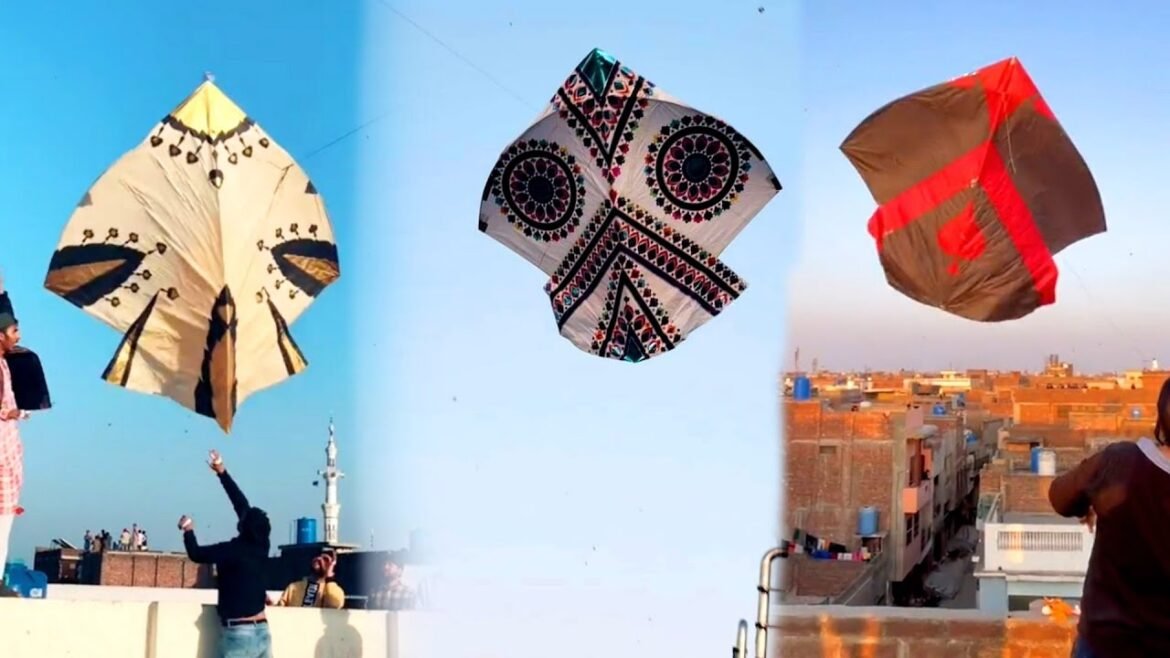Basant, also known as the Basant Panchami festival, is a vibrant celebration that marks the arrival of spring in South Asia. This festival is eagerly awaited each year as it signifies the end of winter and the beginning of the season of renewal and growth. It is particularly popular in countries like India and Pakistan, where it is celebrated with great enthusiasm by people of all ages.
History of Basant
Basant has ancient roots tracing back to the Indus Valley Civilization. Historically, it was associated with agricultural practices and the change in seasons. Over time, the festival evolved into a cultural and social event, blending traditional customs with religious significance. The festival is also mentioned in classical Indian literature, highlighting its enduring presence in the cultural tapestry of South Asia.
Traditions and Customs
Kite Flying as the Central Tradition
One of the most iconic aspects of basant is kite flying. Colorful kites fill the sky during this festival, symbolizing the freedom and joy associated with spring. People of all ages gather on rooftops and in open fields to participate in kite flying competitions, showcasing their skills in maneuvering and cutting each other’s kites.
Importance of Yellow Attire and Flowers
Yellow holds special significance during Basant. It represents the vibrancy of spring and the blooming mustard fields that characterize the season. People traditionally wear yellow clothing and decorate their homes with yellow flowers, creating a festive atmosphere that resonates with the spirit of renewal and prosperity.
Regional Variations
Basant is celebrated in various ways across different regions of South Asia. In Punjab, the festival is marked with traditional dances like the ‘Bhangra’ and ‘Gidda’, which add to the festive fervor. In Rajasthan, the emphasis is on cultural performances and musical events that highlight local traditions. Each region brings its unique flavor to Basant, making it a diverse and colorful celebration across the subcontinent.
Symbolism of Basant
The Significance of Kites
Kites are not just objects of recreation during Basant; they carry deeper symbolism. They symbolize freedom, positivity, and the breaking of barriers. The act of flying kites is believed to ward off evil spirits and bring good luck for the upcoming harvest season. It is also seen as a way to connect with nature and celebrate the abundance of life.
Symbolism of Yellow Color
Yellow is the predominant color of Basant. It symbolizes prosperity, energy, and new beginnings. The streets adorned with yellow flags and decorations create a cheerful ambiance that reflects the optimism and hope associated with the arrival of spring.
Modern Celebrations
In contemporary times, Basant has adapted to modern lifestyles while retaining its cultural essence. The festival now includes social media campaigns, kite flying competitions with cash prizes, and cultural performances broadcasted live on television. Despite these modern adaptations, the core traditions of kite flying and wearing yellow remain integral to the celebration of Basant.
Controversies and Challenges
Environmental Concerns
The popularity of Basant has led to environmental concerns, particularly related to the materials used in kite making and the impact of kite strings on bird life. Some regions have imposed regulations to ensure the safety of wildlife and the environment during the festival.
Safety Issues
There are also safety concerns associated with kite flying, such as accidents caused by sharp kite strings and overcrowded rooftops. Authorities often issue safety guidelines to prevent injuries and ensure a safe and enjoyable experience for participants.
Conclusion
Basant festival continues to be a cherished cultural event that brings communities together to celebrate the beauty of spring and the richness of South Asian heritage. Its traditions, rooted in history and symbolism, resonate with people of all ages, fostering a sense of unity and joy during this festive season.




